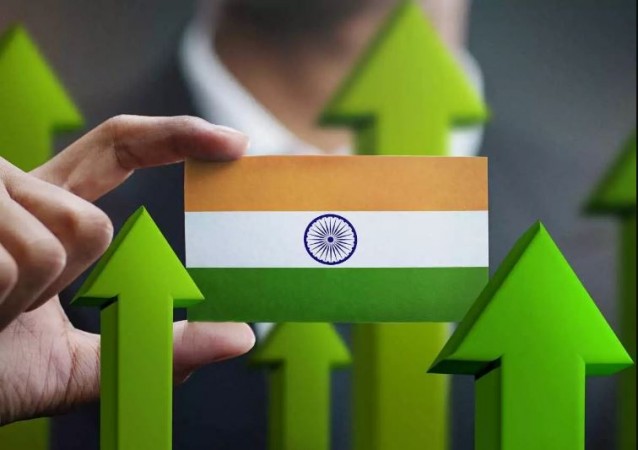
India's economic growth slowed to 4.1 percent in January-March, dragged down by price increases, complicating the RBI's mission of containing inflation without harming development.
The expansion in the January-March quarter was the slowest in the previous fiscal year. It is lower than the 5.4 percent growth experienced in the December quarter of 2021-22. At the same time, the 4.1 percent growth in the March quarter of 2021-22 is an improvement over the 1.6 percent growth in the fourth quarter of 2020-21. According to a media source, economic growth over the full fiscal year 2021-22 has rapidly spiralled downhill with each quarter. In 2021-22, the Indian economy grew by 8.7 percent in absolute terms.
This raises the economy above its pre-pandemic level, which is a step forward following a 6.6 percent contraction in 2020-21. Nonetheless, a jump in retail inflation, which hit an eight-year high of 7.8 percent in April, has damaged the economy's short-term prospects. Energy and commodity prices have risen sharply in the wake of the Ukraine crisis, placing a damper on economic activity. As a result, India's annual GDP estimates for the fiscal year have been lowered downward, to 8.7 percent growth, down from 8.9 percent earlier.
The rupee's more than 4 percent devaluation versus the dollar this year has increased the cost of imported goods, leading the federal government to impose restrictions on wheat and sugar exports and lower fuel taxes, joining the RBI in the fight against inflation. Consumer spending, which accounts for 55 percent of the GDP, has been affected by rising energy and food prices, while most businesses are progressively passing on higher input costs to customers.
Centre keeps fiscal deficit to 6.7 pc in FY22, lower than revised estimate
Centre implementing infrastructure projects worth 1.34L cr in NE: FM
Advanced economies will be back on track By 2024: IMF Gita Gopinath